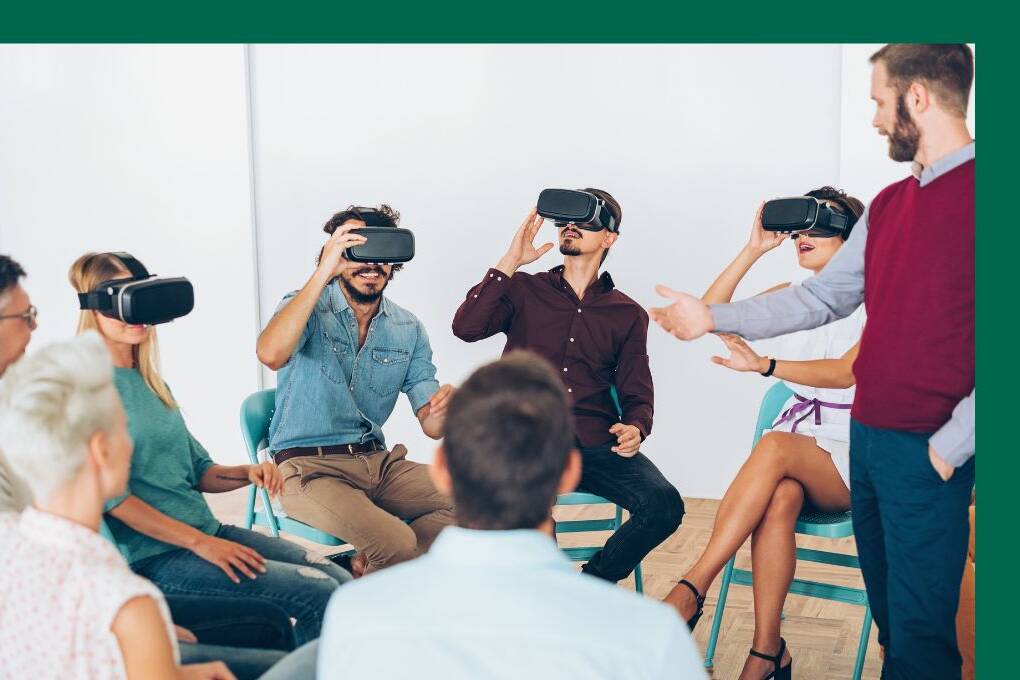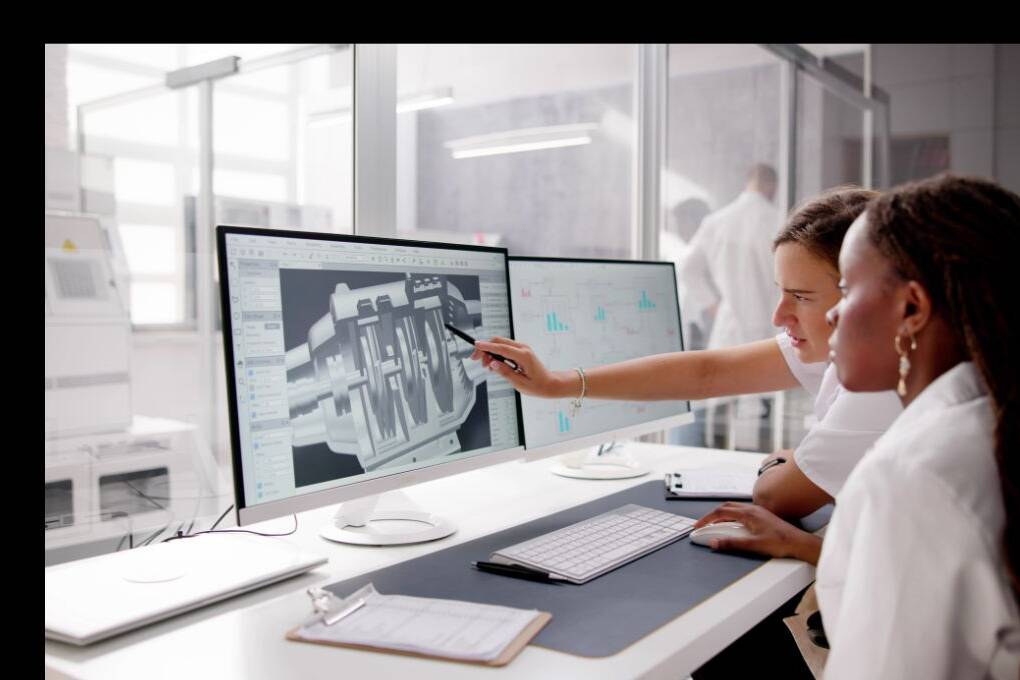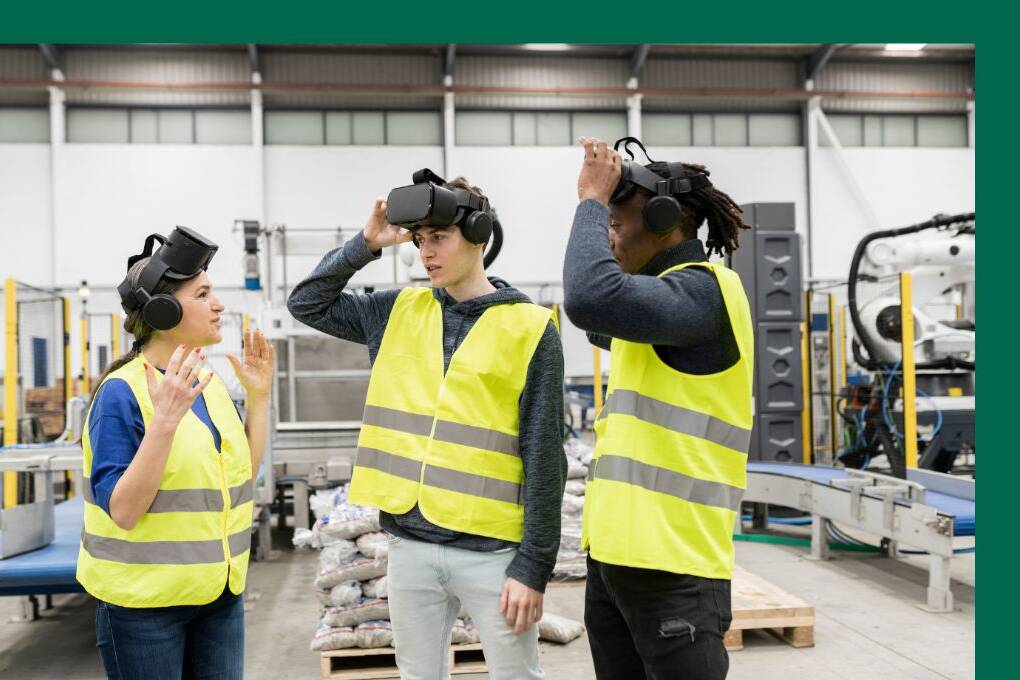If you’re new to this series, begin here:
[Part 1 – Business Decisions]
[Part 2 – Technical Architecture]
[Part 3 – 3D Design & Learner Experience]
In real-world tasks, we know we’ve turned the valve far enough because we feel the resistance.
- We know the drill is working because we feel the vibration.
- We know the latch has locked because we hear – and feel – the click.
But in VR, we lose that physical feedback.
This absence is known as the Haptic Gap – and for frontline workers who rely on their hands more than their words, it’s a gap that can impact comprehension, confidence, and performance.
While haptic gloves and force-feedback hardware do exist, they’re rarely scalable across large enterprises. The cost, complexity, and maintenance outweigh the benefits in most real-world deployments.
So the challenge becomes this:
How do we close the haptic gap – without relying on hardware?
At Spatio, we design for this challenge every day. Here’s how we help organizations deliver intuitive, immersive, and complete learning experiences – even without touch-based feedback.
Substitutes for Physical Sensation
Meter Bars & Progress Visuals: Simulating Resistance
In a physical environment, workers rely on resistance, pressure, and motion to judge task completion. In VR, we simulate this with visual substitutes:
- Tightening or torque meters for wrenching or cranking
- Depth indicators for drilling operations
- Rotation rings for knob or valve controls
These contextual UI elements let learners see what they would normally feel, bridging perception and action without leaving them guessing.
Sound Design That Builds Confidence
In the absence of tactile confirmation, auditory feedback becomes crucial. Well-designed sound elements – subtle, grounded, and purposeful – provide cues that reinforce success and progress:
- A click when a button is successfully pressed
- A hum that builds as a tool engages
- A gentle ding to indicate task completion
Sound in VR is more than ambiance. When used right, it creates a subconscious reinforcement loop, reducing learner hesitation and improving flow.
Persona-Centric Interaction Mapping
One Size Doesn’t Fit All in Interaction Design
Different roles demand different levels of interactivity. We’ve seen this repeatedly:
- An automotive assembler may thrive in complex multi-step operations
- A material handler or painter may prefer touch-and-release simplicity
At Spatio, we customize interaction complexity based on user persona. That means:
- Fewer clicks and simpler gestures for non-technical roles
- Multi-step tasks and spatial logic for experienced operators
This ensures every user feels capable, not overwhelmed, regardless of job title.
Designing for Self-Sufficiency
Remove the Need for a Trainer Inside the Headset
VR is most valuable when it enables independent learning at scale. But if every learner needs hand-holding, you lose efficiency.
We use self-learn design systems that guide users without human intervention:
- Objective pointers that indicate direction
- Pre-task animated demonstrations
- Real-time task hints triggered by inaction
- Feedback cards after each completed step
This approach enables repeatable, trainer-less usage, across shifts, locations, and languages.
Content Design: The Overlooked Interface
In immersive training, words still matter. In fact, they’re often the first level of emotional and cognitive guidance.
Your instructional content – visual, textual, or audio, must be:
- Clear: No jargon or internal abbreviations
- Encouraging: Use supportive, friendly tones — not punitive corrections
- Precise: Aligned with the user’s current task
- Localized: Always available in the user’s native language
This layer of design drives learner comfort, which directly translates to engagement and retention.
When You Can’t Touch, Teach Better
The absence of haptics isn’t a weakness. It’s a design opportunity.
The most successful VR simulators aren’t those that mimic reality down to the last sensation, they’re the ones that replicate the decision-making environment of the real world. That means giving users the feedback they need, through sight, sound, and interaction – to feel confident, make decisions, and build muscle memory.
At Spatio, we’ve proven that you don’t need gloves to feel presence.
You need thoughtful design.




